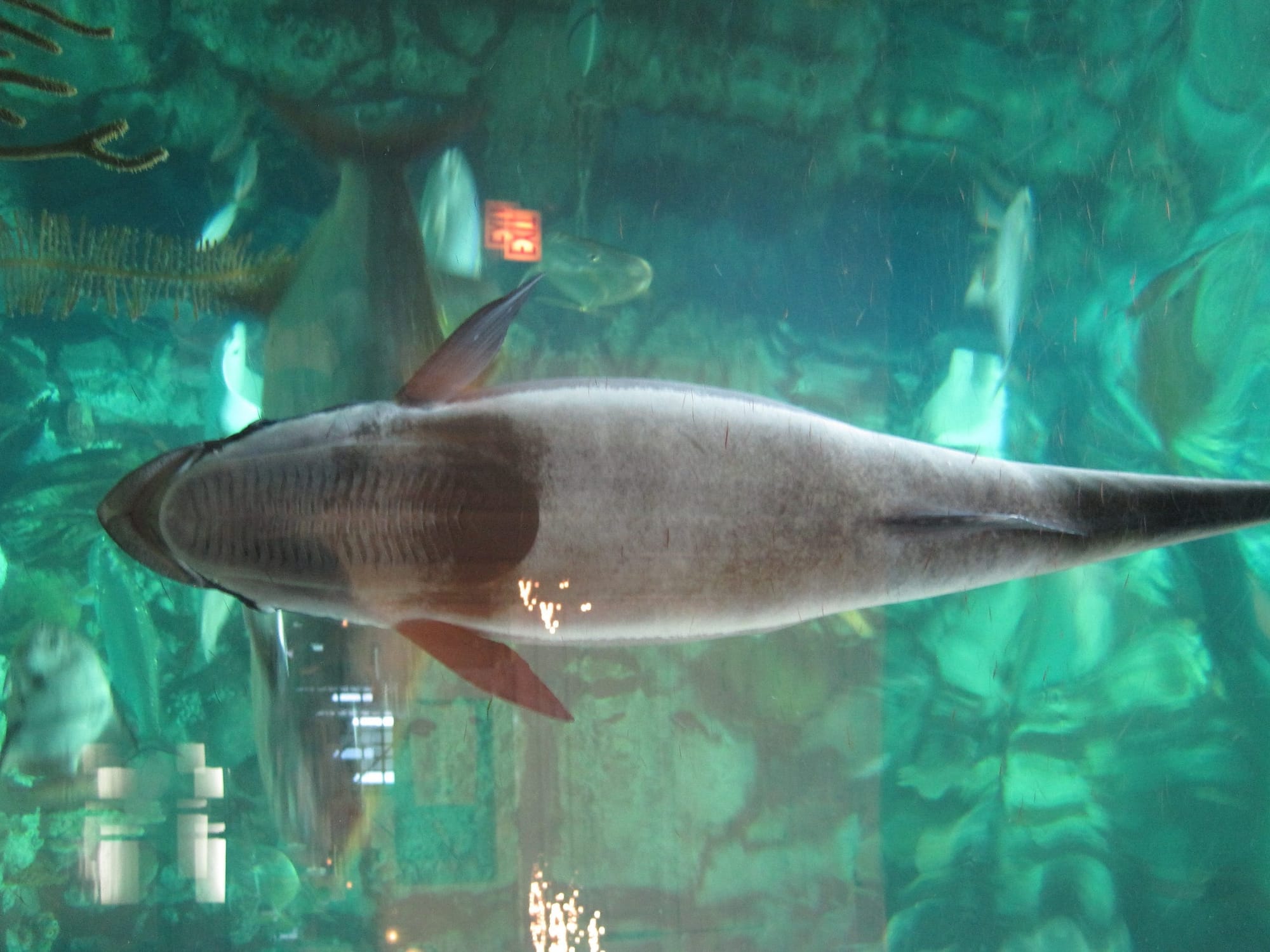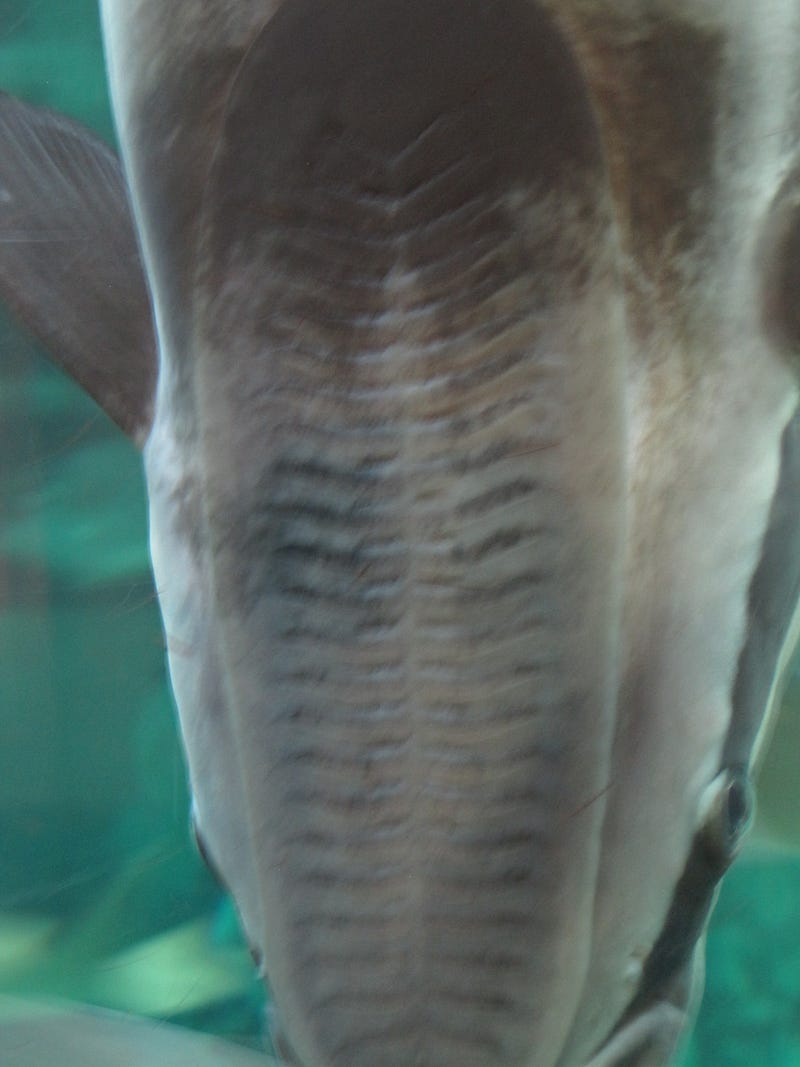
What is this strange creature? What is it doing? All in due time. If you’ve been following along, you know that I’m moving into a new sub-topic of symbiosis this week. We are moving beyond mutually beneficial relationships and into more one-sided affairs. The next four stories I share will all be examples of commensalism, a relationship between two species in which one derives a benefit and the effect on the other is neutral.
As I mentioned in my first mutualism story, all of the symbiotic relationships that I talk about this season have to be understood in an evolutionary context. However, commensalism is conceptually more difficult to grasp than mutualism. Part of this is because there is still substantial disagreement in the scientific community about whether such relationships truly exist at all. There is some merit to the idea that no close interaction between species can be entirely neutral for one partner. Thus, commensal relationships would instead be examples of more subtle mutualism or parasitism.
Even if they do exist as described, the evolutionary drive toward commensalism would not be as powerful as that of mutualism. While one species gains an evolutionary benefit, there is no particular reason for the other to work to maintain the relationship. However, if the effects are truly neutral, there is also no benefit for discouraging the relationship either. Because there are few consequences for the neutral party in either direction, commensal organisms are also likely to be generalists, since they are not evolving in concert with their hosts like in a mutualistic relationship. This generalism is seen in our first example: the remora.
The fish pictured above is a remora, a group of eight species spread over three genera. This small taxonomic family of saltwater fish would be unremarkable if it were not for their distinctive adaptations for commensal symbiosis. The first dorsal fin (the fin on the back closest to the head) has been modified into an oval-shaped sucker, with slat-like structures that allow the fish to attach to larger organisms using suction.

The above individual, most likely a slender sharksucker, Echeneis naucrates, is currently using that sucker to attach itself to the glass of its tank. In fact this particular individual fish, a resident at the Shedd Aquarium in Chicago, was my inspiration for choosing the topic of symbiosis for this season.
Remoras are most often seen using their sucker to hitch a ride on a larger marine animal, but they aren’t particularly picky about which species of animal that is. They will attach to whales and dolphins, sharks and rays, or any other large fish or reptile they can find. The remora at Shedd most commonly attaches itself to the sea turtle in its tank. The video below shows it trying to attach to the turtle’s plastron (bottom part of the shell). The individual sea turtle is also interesting because it does not have full control of its buoyancy. There is an air pocket in the rear of its shell that makes that part rise up above the head. This condition, potentially fatal in the wild, is colloquially referred to in the sea turtle community as ‘bubble-butt’.
What benefit does the remora get out of this relationship? By attaching to a larger organism it reduces the energy required for transport and ventilation of its gills for breathing. It also provides a small amount of potential shelter from predators (though there have been instances of the remora becoming prey to its host when it attempts to attach to a shark). Riding along with another animal also gives the fish access to a ready source of food. Initially, it was thought that remoras would feed off of meal scraps from their hosts. However, recent gut studies have shown that some remora species actually feed on the host’s feces and not its leftover meals.
What about the host? Is the relationship truly neutral? There is some evidence that this is not the case. Even with its highly streamlined body, the presence of one or more remoras on a swimmer will likely increase drag and thus energy expenditure. For this reason, hosts may attempt to shake off a remora that tries to attach to them. This is true for the remora at Shedd Aquarium, who had trouble finding a willing host for several years (that article anthropomorphizes the animals a bit much for my personal tastes, but I think the example still illustrates my point about reluctant hosts).
There is also some evidence of a benefit for the host as well. Remoras can feed on its host’s parasites and clean off dead skin. Overall, however, the actual benefit or harm from the relationship is relatively small for this particular organism, and so I feel it properly belongs in the category of commensalism.
The remora is also not entirely dependent on having a host in order to survive. As you can see from the clip below, they are able to swim quite well by themselves and they do so rather gracefully. However, doing so and finding its own food requires a greater energy expenditure on its part. Because of this, a remora will prefer to use a host if it can.
I hope you found this introduction to commensalism interesting. As we continue forward through the rest of the season, I would like you to think about some of the broad similarities and differences between the different kinds of symbiosis, and not just in who benefits. What are some common themes of a mutualistic relationship? A commensal or parasitic one? What evolutionary processes shape these interactions? If you take the time to consider, I think you’ll discover some fascinating connections on your own.